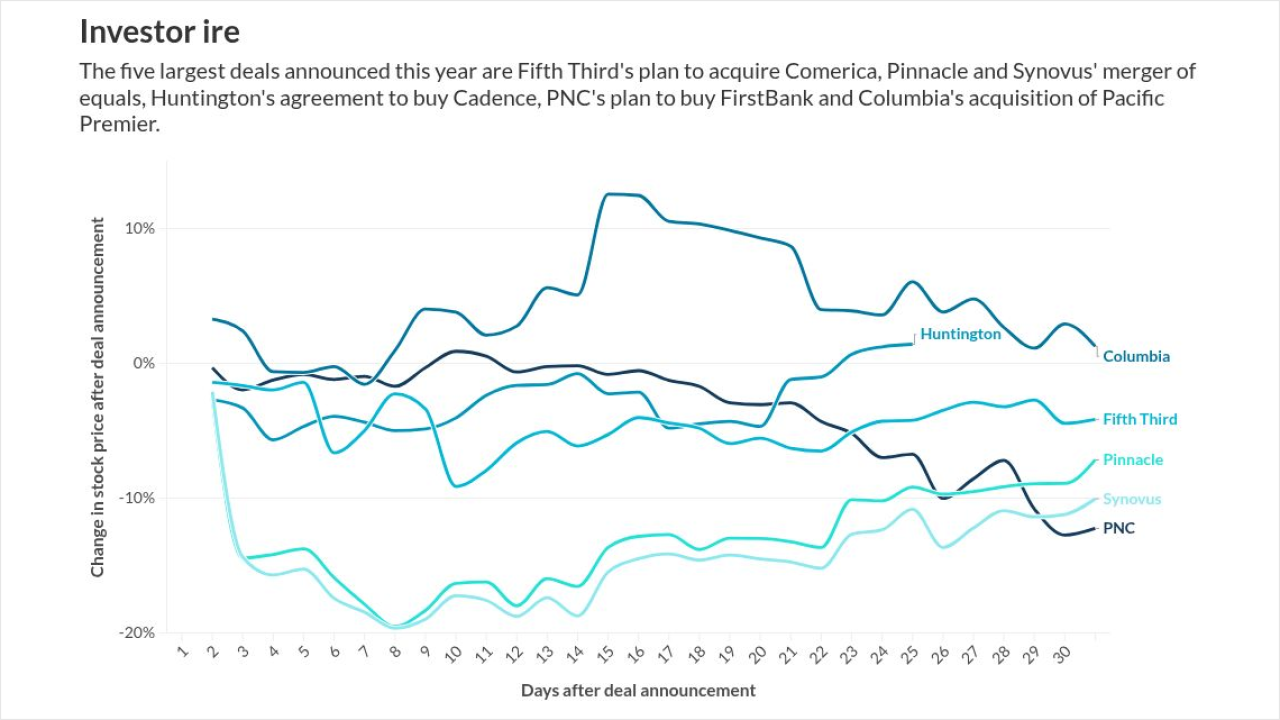Intuit Inc.'s financial management website, Mint.com, is partnering with the investment site Betterment in the hopes of making a better Mint.
The Intuit site has long received much of its revenue from referrals for basic financial products such as credit cards through its Ways to Save service. Intuit has generated more revenue by integrating Ways to Save with its other products since buying Mint in 2009, but the basic business model for Mint itself has remained largely the same. Analysts said the Betterment deal might change that.
Specifically, Betterment might address a pain point for Mint: that most of the referral revenue it generates has been through cards and other accounts pitched when users sign up.
"Betterment gets the visibility they need, and the traffic," said Stessa Cohen, a research director at Gartner Inc. "Mint is looking for transactions that will generate revenue."
Mint's founder, Aaron Patzer, told American Banker in 2009 that "we tend to make most of our revenue in the first month … you're only going to switch your credit card so often." Patzer and other Mint executives were not available to comment for this story.
The relationship with Betterment might help Mint nudge its seasoned users into investing, analysts said. "Once I have accumulated assets or have $20,000 or something in my savings account, I will start to think if I should do different things with it," said Bill Doyle, vice president and principal analyst at Forrester Research.
Betterment, a New York company, launched its online investment service in May. Its model for investing mirrors Mint's model for financial management in that it strips away the complexity in a way that appeals to consumers age 25 to 35, analysts said.
Jon Stein, Betterment's chief executive, said his company's goal is to make investing simple and smart, and that the website, which vets exchange-traded index funds for its investors, helps new investors perform better than they would by choosing index funds on their own.
In late December, Betterment began offering its service free for the first six months to anyone who was referred by Mint. Further, "we are launching a new tiered fee structure that we have been piloting with Mint.com," Stein said, replacing his site's flat fee of 1%.
Doyle said a 1% fee is high, particularly for large investments.
Betterment's new structure charges 0.9% for portfolios of under $25,000; 0.7% for portions of balances up to $100,000; 0.5% for portions of balances up to $500,000; and 0.3% after that. Betterment requires no minimum balance.
Betterment asks new investors questions about their risk tolerance, and according to the level of risk, assigns assets into either its stock or bond fund portfolios, both of which are based on exchange-traded index funds.
Stein said Intuit would get revenue for the successful leads it generates. For its part, "it's a great way for us to promote" Betterment, he said.
Stein said Betterment has thousands of clients and assets under management of "several million" dollars.
"PFM providers are moving beyond presenting static account information, and they are getting more transactional and more operational by linking" to sites such as Betterment, said Ron Shevlin, a senior analyst at Aite Group LLC in Boston.
He said that the fee structure made sense for young investors, particularly as the tacit message from the mainstream brokerages is that they would rather deal with people with more assets.





